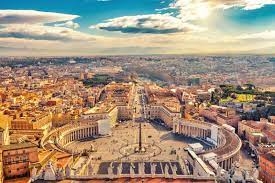How do migratory birds find their way?

Every spring millions of birds migrate from their winter quarters to the temperate regions of the world to breed. These regions abound with food on which the parents can rear their hungry chicks.
The biggest migrations are to the northerly parts of North America, Europe and Asia. But there is some migration to the southern hemisphere too. For example the double-banded dotterel flies from Australia to New-Zealand to breed. The American golden Plover undertakes a non stop flight of 3325 km between Alaska and Hawaii. In the northern hemisphere wild geese fly north to their breeding grounds in the spring and fly south in the autumn.
Migration is mainly triggered off by changes in the length of the day, which cause a change in the bird’s hormone balance.
Now the question is how do the birds find their way while migrating from a place and then returning to their original place?
Some birds may learn from their parents. They make the first migration with the older birds which have made the trip before. These younger birds teach their young the migration route the next year. Some birds may guide themselves by landmarks, such as mountains, lakes and coast-lines. Others may use the sun and stars to navigate by, because when the sky is cloudy, they often get hopelessly lost. Scientists still do not know how all migratory birds find their way.
Birds are not the only animals that migrate. Many fish, mammals, flying insects, locusts, and eels also migrate.
 Country means a territory with a fixed boundary and a government of its own. Every country has its own flag and an administrative system. According to this definition, Vatican is the smallest country of the world.
Country means a territory with a fixed boundary and a government of its own. Every country has its own flag and an administrative system. According to this definition, Vatican is the smallest country of the world.